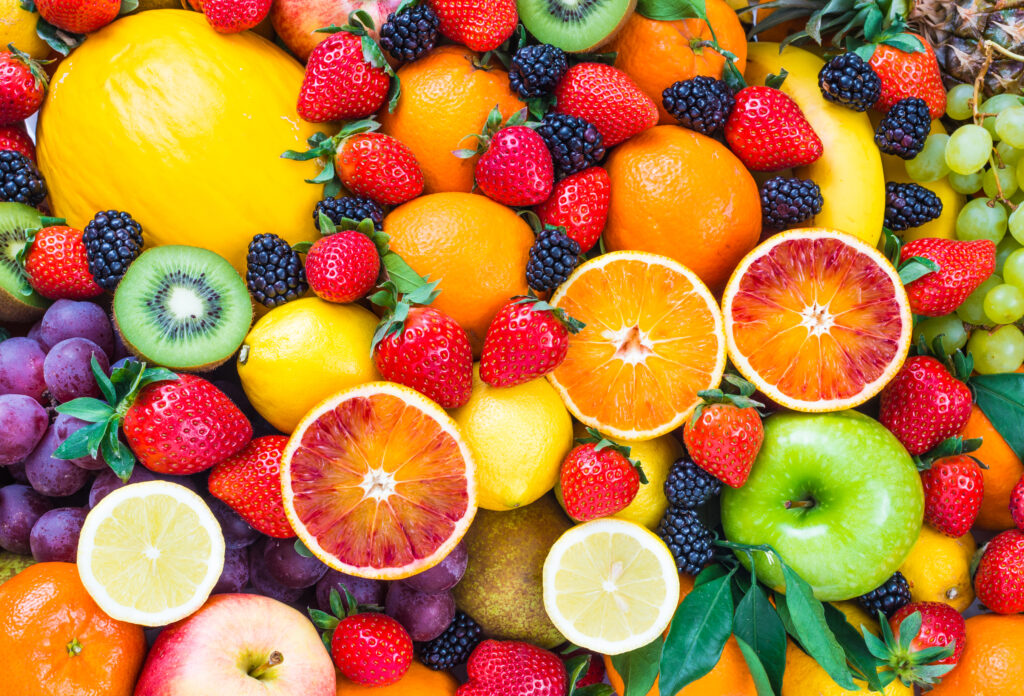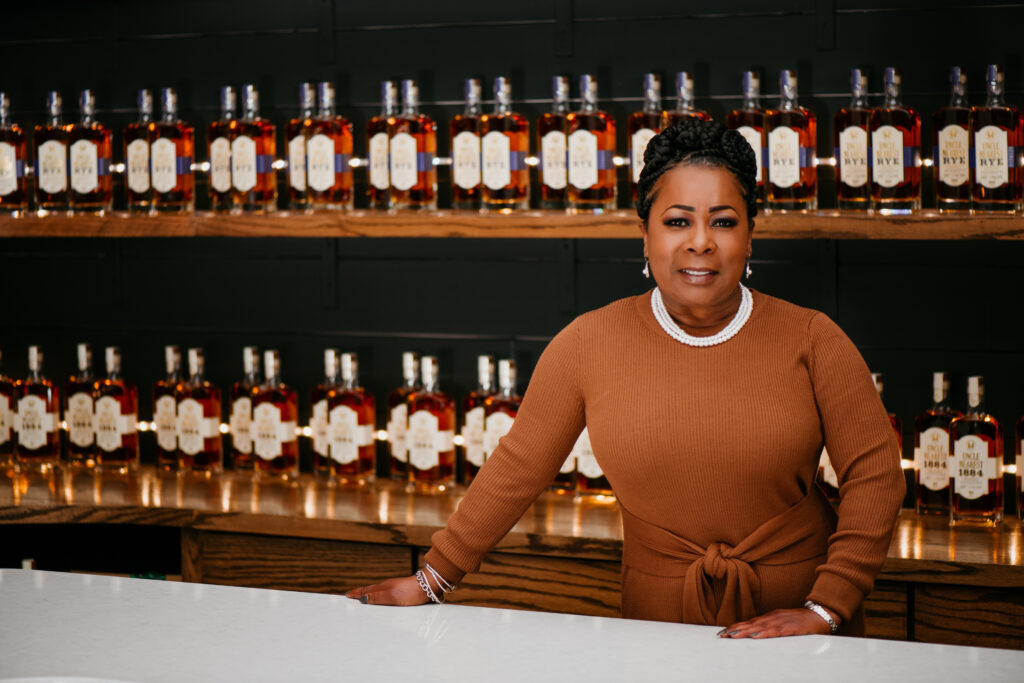Market Continues to Expand
By: Rebecca Marquez
With consumer demand rising, the craft beer and spirits market is forecast to grow from a projected 75.2 billion units in 2024 to 78.1 billion units in 2027, a 1% compound annual growth rate (CAGR), according to Craft Beer and Spirits: Success Through Packaging, a white paper and infographic published in February 2024 by PMMI Business Intelligence, a division of PMMI, The Association for Packaging and Processing Technologies. This growth will be achieved primarily by double-digit gains in the craft spirits segment and a shift toward hard cider and non-alcoholic craft beverages to compensate for flat demand for craft beer.
Metal packaging will continue to dominate with a 58% market share, followed by glass at 38% and rigid plastic at 3%. Liquid cartons, which account for an estimated 0.3% of the market, will experience the strongest CAGR, 2.2%, followed by metal at 1.5% and glass at 0.4%. The growth in these three formats will be at the expense of rigid plastic, flexible packaging, and paper-based containers.
Driving forces include a greater reliance on the e-commerce channel and a growing preference for ready-to-drink cocktails, as well as for variety and multipacks. As a result, craft beer and spirits producers face multiple challenges:
• Expansion of stock-keeping units (SKUs) and
formats
• Sustainability demands
• Input costs
• Need for product differentiation and shelf impact
• Operational changes to meet evolving needs.
Expansion in SKUs/formats
The number of SKUs in the craft beer and spirits space has exploded in the past decade, resulting in an ever-growing array of packaging formats and sizes to address shifting consumer preferences.
E-commerce is emerging as an important channel and is likely to continue growing in share. However, the more frequent and rougher handling experienced during distribution means craft beer and spirits producers, who wish to sell in this channel, may need to make packaging changes and related packaging line adaptations to ensure products arrive undamaged. Additional tracking and product verification features also may be necessary to succeed in this channel.
Sustainability Demands
Highly sustainable aluminum and recyclable glass packaging dominates the industry. So, craft producers must think creatively to find ways to increase sustainability and communicate those efforts to consumers.
It’s also essential to be prepared for a stricter regulatory environment. California, for example, has put regulations in place that require a 25% reduction in plastic packaging by 2032. The regulations also specify that all non-plastic packaging be recyclable or compostable by 2032 and set a sliding scale for recyclability requirements for single-use packaging at 30% by 2028, 40% by 2030, and 65% by 2032.
This is prompting makers of craft beer and spirits to take a more holistic, operation-wide view to improve the sustainability of packaging and production processes. More than half (55%) of survey respondents report adopting sustainability strategies such as
• Reduce or eliminate plastic
• Use less material, e.g., lightweighting
• Adopt 100% recyclable packaging
• Switch to material with post-consumer recycled content
• Implement returnable packages
• Adopt a tethered cap.
Labeling decisions are particularly important since ink and adhesive choices can determine whether a package is recyclable.
On the production line, sustainable operations mean minimizing product and packaging waste as well as conserving water and electricity. Efforts to reduce the carbon footprint of a product not only cut costs for processors but also boost sustainability credentials and reputation with consumers.
Input Costs
Stubbornly high costs for ingredients and packaging materials have compounded with shortages, particularly for aluminum cans, to create price pressure for craft producers. This should become less of an issue as inflation eases and new can capacity comes on line.
Differentiation and Shelf Impact
Craft consumers are accustomed to a huge variety of choices from a range of single-serve sizes to mixed 12-packs. This variety makes it harder to stand out on crowded store shelves. So, craft producers are turning to packaging to differentiate their products, project a premium image, and connect with consumers. Thus, producers adopt eye-catching labels, novel materials, unique shapes and sizes, multipacks, mixed packs, and special releases.
Special releases such as rare and limited batches, seasonal offerings, one-off collaborations, and rotating unique iterations, enhance a product’s image and draw a loyal following. According to the report, “These unique offerings tap into the premiumization trend by creating scarcity and uniqueness and speak directly to craft consumers’ desire for new and novel offerings that expand their overall craft consumption experience. Specialty offerings also create a sense of community for individual brands and go a long way toward building a unique brand identity.”
The appeal of premiumization, one of the most durable consumer trends in the craft industry, is expected to continue. That’s because even in the face of inflation, a substantial number of consumers buy quality over quantity and enjoy giving themselves a treat.
To deliver a premium product, craft beer and spirits producers must consider both packaging and labeling attributes. Strategies include the adoption of unique and novel packaging shapes; bundling with additional ingredients or mixing utensils; and dual-chamber bottles, especially for ready-to-drink cocktails.
On the labeling side, the focus is on visual aesthetics, tactile features, and smart, interactive label technologies like radio frequency identification, near-field communication, QR codes, and augmented reality, which link consumers directly to content designed to curate a luxury experience. Visual aesthetics are particularly important to product identity and include elements such as high gloss finishes, metallic flourishes with ink and foil, and clean lines with sharp colors. For cans, these features increasingly are supplied by shrink sleeves and digital printing, which can deliver the desired upscale image. Applying sleeve labels or digitally printing cans on-demand also can overcome supply chain constraints by eliminating the need to inventory pre-printed cans.
Operational Changes
Packaging lines are changing to adapt to the shifting needs of craft beer and spirits producers with the most desirable equipment features being sustainability (smaller carbon footprint, reduced waste), flexibility to handle a variety of formats and sizes, automation, and preventive/predictive maintenance-capable.
Investments include changes to accommodate e-commerce shipping, automate the assembly of variety and multipacks, and differentiate products. Thus, it’s no surprise that 46% of craft producers report they plan to purchase labeling, decorating, and coding equipment.
Multipacks and variety packs, which often require manual assembly, pose a production challenge. Thus, 24% of craft producers are planning to update operations by adding feeding, loading, and accumulating equipment, 15% are installing lines dedicated to multi/variety formats, 12% are investing in additional packaging equipment, 10% are increasing machine integration to coordinate runs, 9% are changing primary packaging format, 9% are changing secondary packaging format, and 9% are automating physical processes.
Collaborative Suppliers
To grow the market, makers of craft beer and spirits seek collaborative packaging material and equipment suppliers who can provide turnkey solutions and extraordinary technical service. Third-party manufacturing and packaging services also are in demand.
New equipment must be flexible enough to handle multiple formats and sizes and accommodate variations in packaging materials. Other machine requirements include quick changeover, simple operation, and compatibility with washdown conditions.
The Craft Beer and Spirits: Success Through Packaging white paper was compiled from the opinions and responses of craft beer and spirits industry professionals. Participants were asked to expound on their experiences to better understand craft producers’ packaging needs and the future trajectory of the industry.
Explore the latest craft beverage processing and packaging innovations at PACK EXPO International (Nov. 3–6, 2024, McCormick Place, Chicago, Ill.). Ranking as the biggest packaging and processing event on the planet in 2024, the show will present 2,500 exhibitors spread across more than 1.2 million net square feet of floor space and foster idea-sharing among 40+ vertical industries. Highlights for craft beer and spirits producers include free educational sessions, a myriad of networking opportunities, and solutions to address automation, production efficiency, sustainability, flexibility, and e-commerce needs as well as other hot topics and trends.
For more information, visit packexpointernational.com












